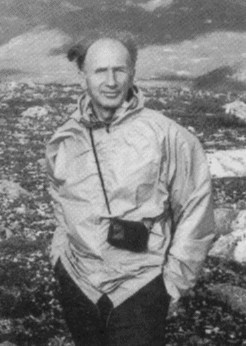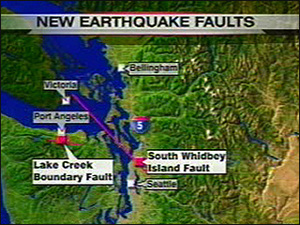A simple question, with an easy answer... well if you think it is as simple as 1 then you haven't thought hard enough (seriously the answer is probably 1 but... ). Nothing new here but interesting nonetheless.
The near-Earth asteroid 3753 Cruithne is now known to be a companion, and an unusual one, of the Earth. This asteroid shares the Earth's orbit, its motion "choreographed" in such a way as to remain stable and avoid colliding with our planet. It orbits around the Sun in 1:1 orbital resonance with that of the Earth. Due to its unusual orbit relative to that of the Earth, it is a periodic inclusion planetoid. From the Earth's point of view Cruithne actually follows a kidney bean-shaped horseshoe orbit ahead of the Earth, taking slightly less than one year to complete a circuit (to see some diagrams of this take a look
here. Other examples of natural bodies known to be in horseshoe orbits include Janus and Epimetheus, natural satellites of Saturn. So maybe there is a case there?

